02. Coping with Change
Coping with Change
A person's death can change many aspects of our lives. We can find positive ways to navigate these changes together.
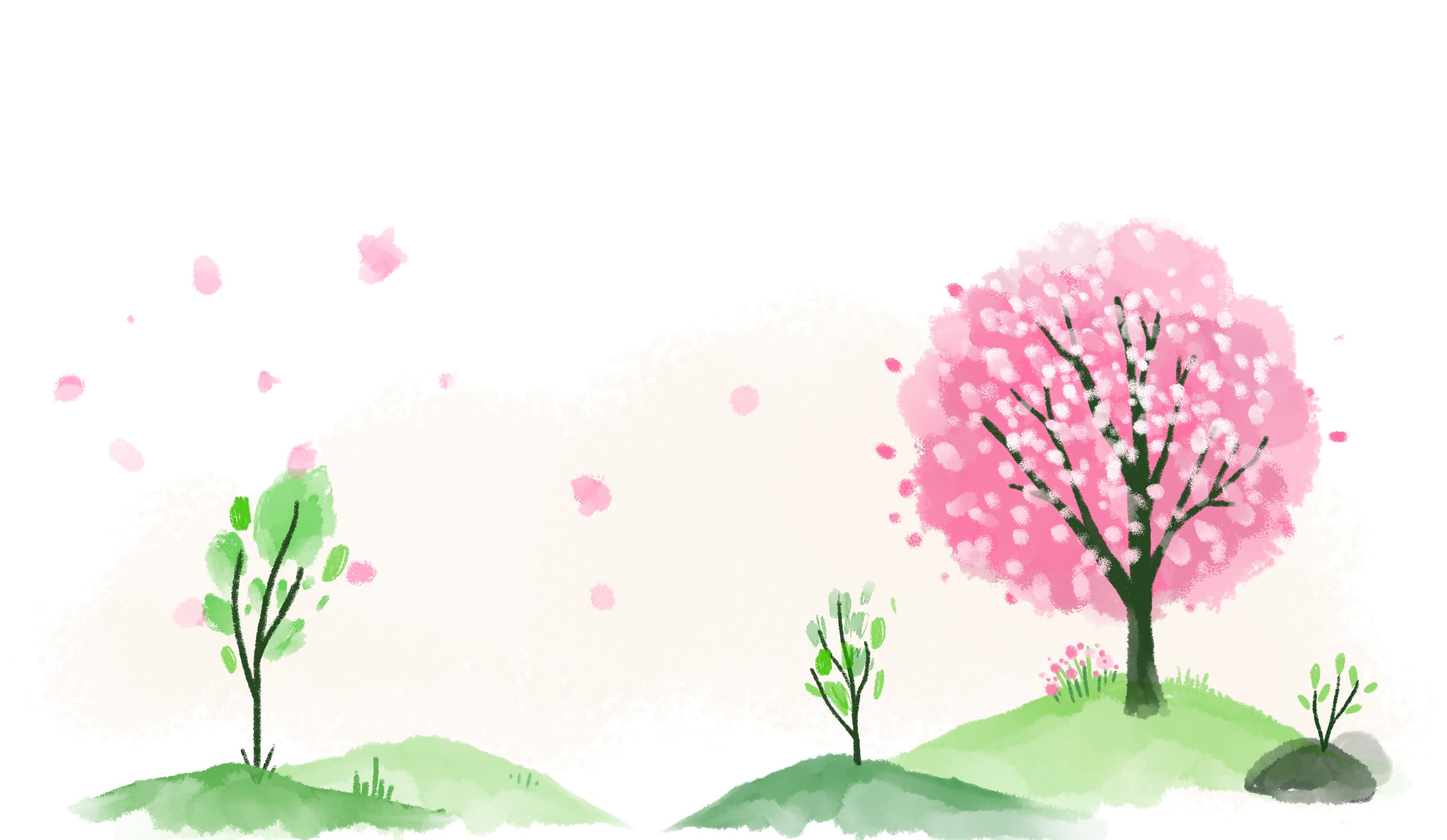
Learn
Making the Choice
After a person dies, we can make the choice to honor the person, cope with our own grief, and embrace joy and hope.

Choose to keep living and loving.
Choose to keep living and loving.

“There’s something almost empowering about making the choice to live in this life where everything is different than it’s supposed to be.“
Listen
What Helps Us Navigate Changes
These strategies can help your family get through changes, big and
small, with more steadiness.

Give kids choices to restore a sense of control.

Offer routines to help children feel more secure.

Invite others into your family's circle of care.

Use humor and practice empathy for yourself and others.

Write out a self-care plan.

Ask for help.

Remember you are connected by love.

Talking about Grief
“Everybody's grief journey is a little bit different. You're going to find what makes you happy. There are people who are there for you. Even if it doesn't seem like it right now, people come into your life for a reason.”

Compounding Changes
Grief changes so much in our lives—from our routines and how we function as a family, to where we work or where our children go to school. There might be other, bigger stresses, too, related to financial strain, or food or housing insecurity. At times, it can feel like the changes might never end.
You might wonder, “can’t we just go back to the way things were?”
It might help to imagine the death as a fork in the road of your life’s journey. You can look back and remember the person who died and all the special times you shared, but you can’t go back. You can only move forward.
When change makes you feel stuck, consider these ideas to help you get moving again.
Breathe
Breathing helps to regulate your nervous system when your emotions are running strong. In a moment of overwhelm, take three slow, deep breaths, in through your nose, and out through your mouth. You can do this with children, too—anywhere, anytime.
Break the “big thing” down into smaller pieces.
Sometimes a “small” task can loom large if it’s something you’ve never done before, something the person who died usually did, or something that brings up difficult memories. Try breaking your tasks down into micro-steps. For example, paying the bills might become: opening the mail, sorting the mail, locating any necessary information or passwords, calling or logging in to pay the bill or making a payment plan. It’s usually okay to give yourself extra time to get tasks done. Do your best to take some small action every day. Can you check off one part of the task today? Your small, consistent actions will add up.
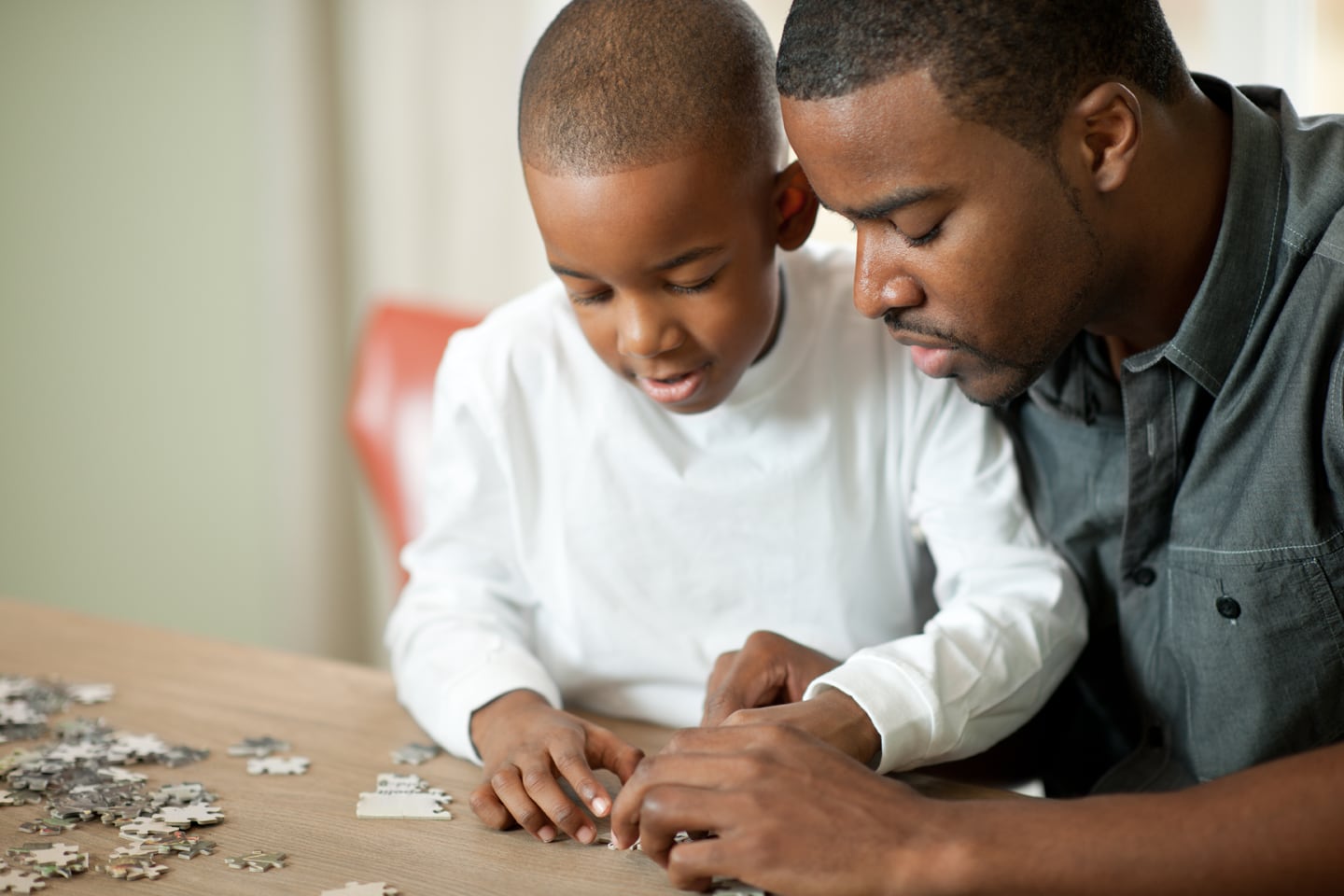
Death and grief are things we can’t control. But there are things we can control: you can communicate your feelings, you can make healthy choices, and you can celebrate the good moments in the midst of all that’s hard. What is one positive thing you can do right now?
Lean into learning.
We can’t always protect ourselves or our children from change, but we can equip them with important skills such as flexible thinking and problem solving. You can build these skills as a family—playfully!—when you put a puzzle together, tell a story from your imagination, play freeze tag, or follow the steps in a recipe to make a new meal. And remember, you can always ask for help.

Pause & Practice
Before & After
While we can’t control many things, we can decide how to move forward, choosing what we keep, such as memories and traditions, and what we release, such as resentment or identities that no longer reflect who we are.

Dream together about your family’s future.
Dream together about your family’s future.
Reflect
Keep & Release
Put Brie’s strategy into practice, on your own and with your children. Follow the steps in this animation. Together, decide which things from “before” you’d like to keep with you in the future.

Explore the Seasons of Grief

Winter
Understanding Grief
See more
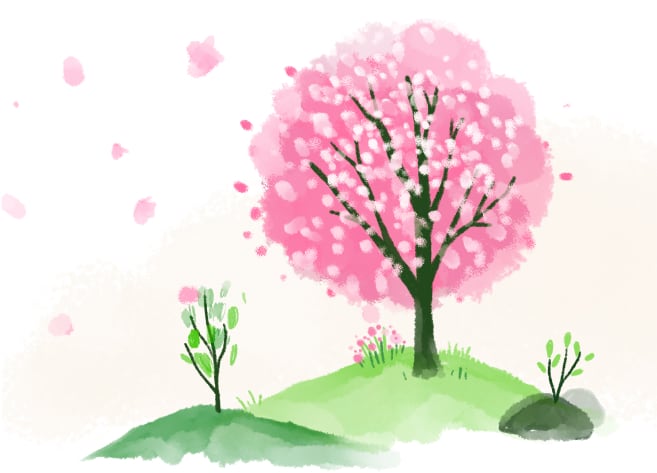
Spring
Coping with Change
See more
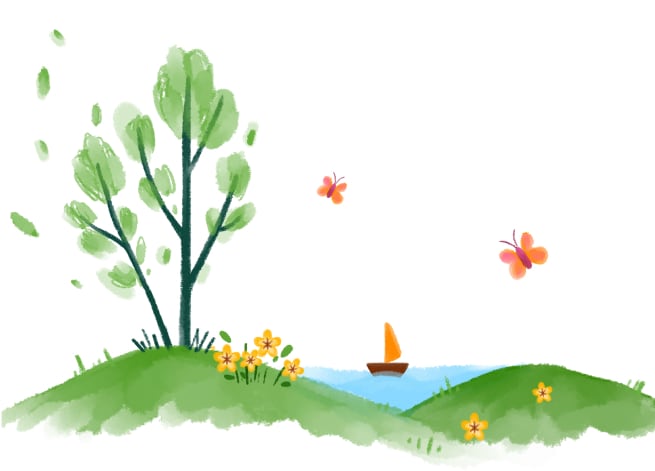
Summer
Connecting with Ourselves
See more
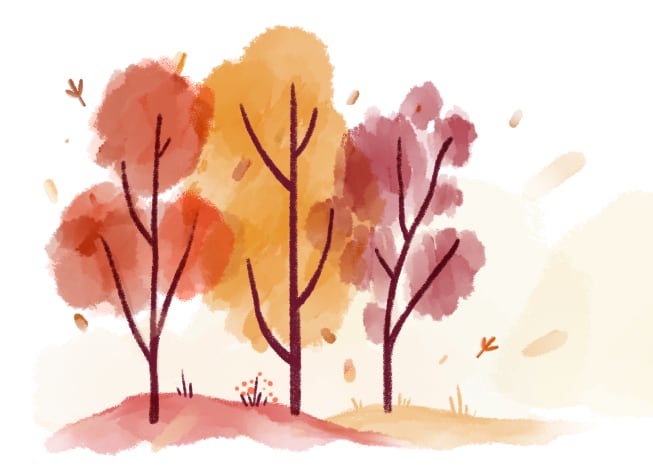
Fall
Growing as We Grieve
See more

